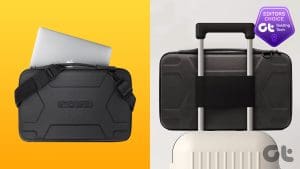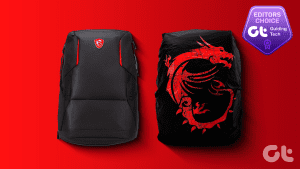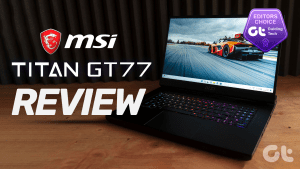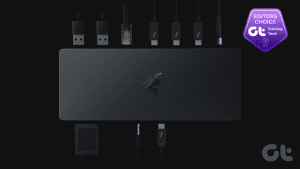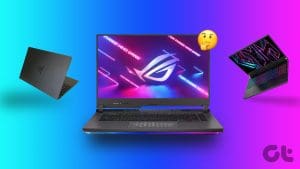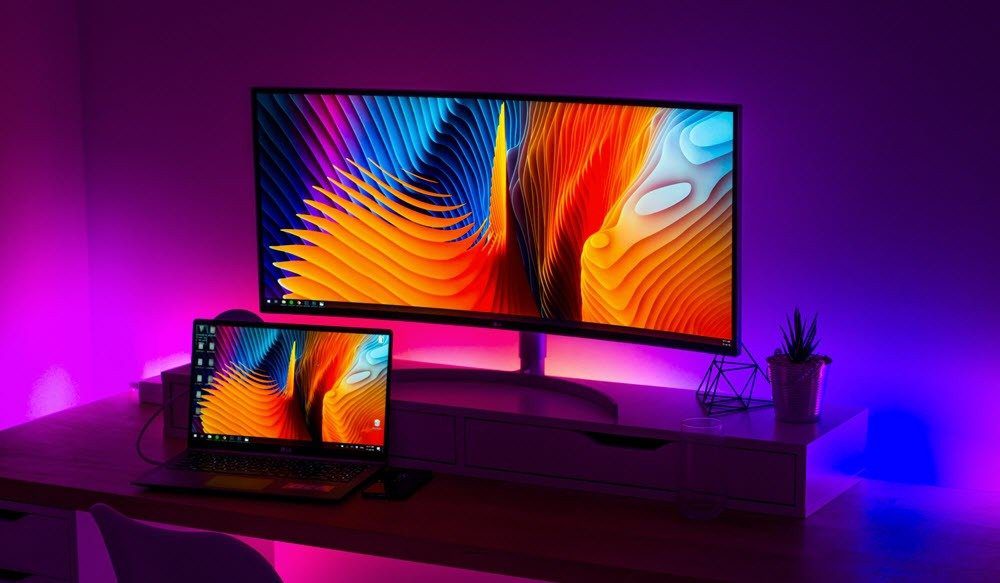On August 17, a pioneer in the computer industry sadly passed away. John Ellenby died at age 75. He was known as the “godfather” of the laptop because he and his company Grid Systems released the first clamshell portable laptop in 1982: the Compass. Over 30 years later, the idea of opening and closing a laptop still stands as the standard design among laptops.
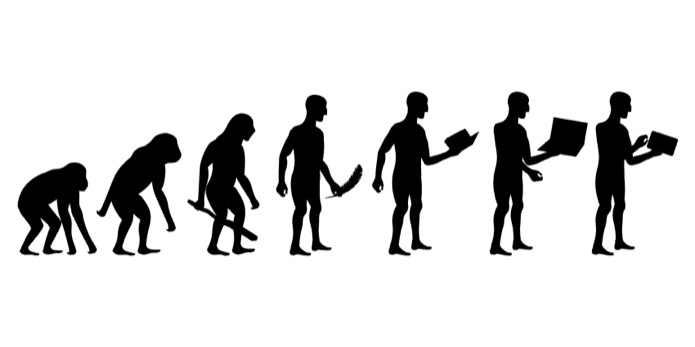
Though the Compass wasn’t the first portable computer, it was the first one with the familiar design we see everywhere now. You might call it the first modern laptop.
The Compass looked quite different than the laptops of 2016 though. It was wildly chunky, heavy and expensive at $8,150. Adjusted for inflation, that’s over $20,000 by today’s standards. It also extended far outward behind the display to help with heating issues and to house the computing components.
So in honor of this revolutionary design, let’s take a look at some of the major evolutionary changes laptops have endured in the years since the Compass. Rest in peace, Ellenby.
1982: Grid Compass
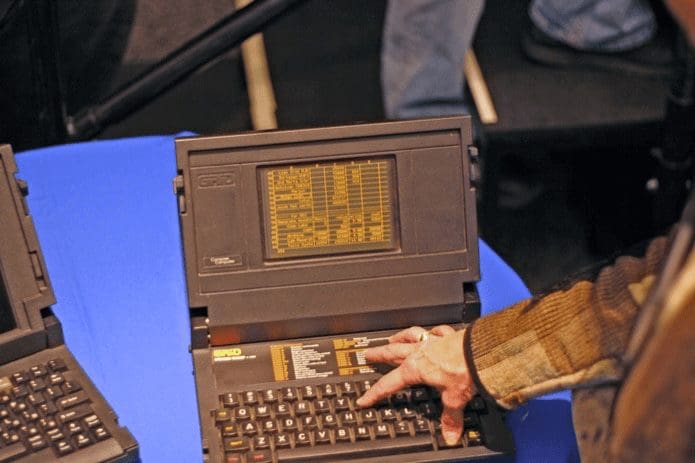
If the Grid Compass was released today, I doubt anyone would even call it a portable computer. Yet that’s what it was during its time at a laughable 5 kg/11 lbs. The Compass featured an Intel 8086 processor with a 320×240 ELD display. It was also ridiculously priced starting at $8,000. Still, this is the design — thick and ugly as it may be — that started it all for the modern laptop.
If the Grid Compass was released today, I doubt anyone would even call it a portable computer.
1989: Apple Macintosh Portable
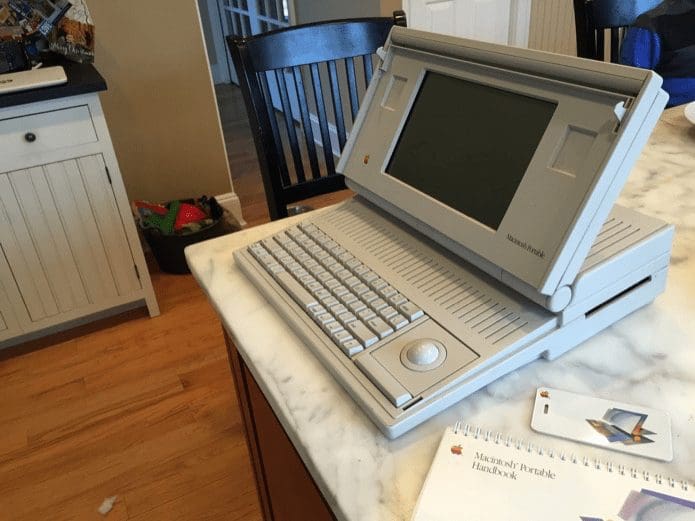
The Macintosh Portable is considered one of Apple’s worst products ever, but it’s a good checkpoint on our evolution list. In 1989, Apple released its first portable laptop complete with a 9.8-inch 640×400 black and white display, a 40MB hard drive, trackball and a $7,300 price tag. The storage is especially mind boggling since that’s only enough to hold about a dozen photos, let alone an entire OS. The Portable was an ugly off-white color and weighed even more than the Compass at an insane 7.2 kg/16 lbs.
1992: IBM ThinkPad

The IBM ThinkPad series became wildly popular after its launch in 1992. It ditched the ugly backside earlier laptops had and instead folded completely in half: display on top, keyboard on the bottom. Additionally, ThinkPad was notable for TrackPoint, a tiny pointing device built in to the keyboard to maneuver the mouse on screen. The ThinkPad line still exists today under Lenovo.
ThinkPad was notable for TrackPoint, a tiny pointing device built in to the keyboard to maneuver the mouse on screen.
1996: Toshiba Libretto
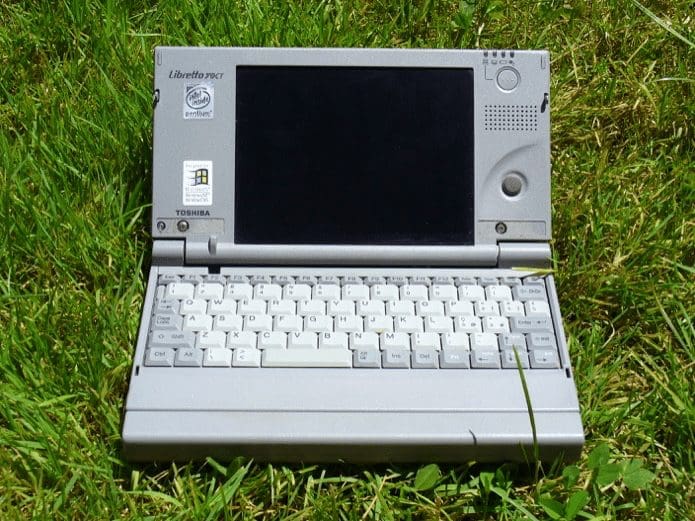
The Toshiba Libretto was the first laptop marketed as a subnotebook because of its tiny size. It was just a little baby Windows PC about the size of a novel that weighed 840 g/1.85 lbs. Still sporting a very rugged ’90s look, the Libretto made waves for being portable in a way that no laptop was portable before. It was effortless to carry this thing around. Notebooks of this size later made a brief comeback in the form of netbooks in the late ’00s, but quickly diminished when people decided they prefer tablets.
1999: Apple iBook
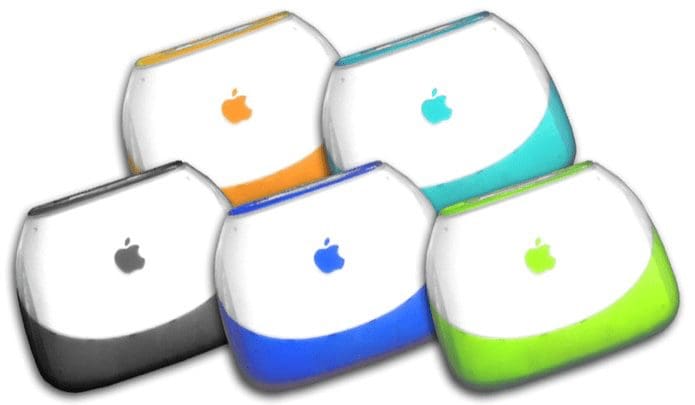
The Apple iBook debuted in 1999 as an “iMac to go.” Thus begins the era of the shinier-the-better design philosophy. iBook was so over the top in terms of design, but clearly aimed at average consumers instead of savvy businessmen. Even the color names had to be extravagant, e.g. blueberry instead of blue. It was also a landmark laptop in that it was the first to support Wi-Fi connectivity instead of needing a wired connection. As you can imagine, prices substantially dropped for laptops over the last decade since the iBook was available for $1,599 at launch.
iBook begins the era of the shinier-the-better design philosophy.
2003: Dell… Everything
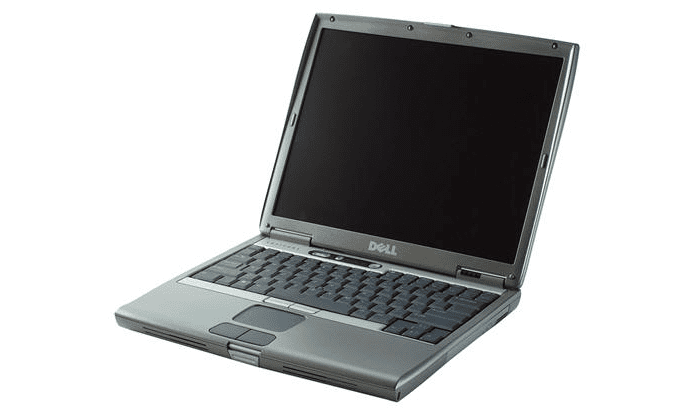
As the evolution of laptop design started to slow down a bit in the mid-2000s, it became harder to pick a singular laptop with a large impact. Instead, in the early ’00s, Dell began to rule the computer market. Everyone knew the “Dude, you’re getting a Dell.” slogan. There is also a decent chance you probably know someone who at some point who owned a Dell. At this point, laptop designs kept getting thinner and lighter. Displays expanded farther toward the edges of the device. Plus, shiny vibrant colors were out, silver was in.
2008: Apple MacBook Air

The reason why Apple appears so many times on this list is it’s easily the most disruptive computer company. Whether you like iOS or Android, you can’t deny Apple consistently pushed the envelope in Mac products. In 2008, Apple debuted the thinnest laptop in the world: the MacBook Air. But it became even more infamous for its lack of disc drive, Ethernet port and much of any other port. It was still a gorgeously minimalist product that didn’t compromise on battery life, though slow and overpriced at its birth. Many laptops have since followed suit with the trend toward extreme thinness and lack of ports.
2012: Microsoft Surface
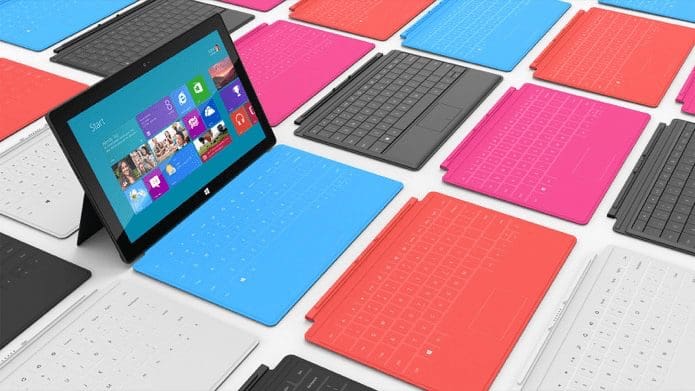
The Microsoft Surface got off to a bumpy start with frequent complaints of slowness and bugginess upon initial release in 2012, but it’s been a decent hit for Microsoft since then. After companies experimented for years, the Surface was one of the first to get the tablet and laptop combination right. Often considered a tablet more than a laptop, it still technically functions as a laptop with an adjustable kickstand and keyboard.
Surface was one of the first to get the tablet and laptop combination right.
While Microsoft sees the future of computing as laptop and tablet hybrids, companies like Apple believe the two should remain separate. It’ll be interesting to see what the market decides in the coming years.
ALSO READ: Why Microsoft Should Really Launch the Surface Book in India
Was this helpful?
Last updated on 03 February, 2022
The article above may contain affiliate links which help support Guiding Tech. The content remains unbiased and authentic and will never affect our editorial integrity.




